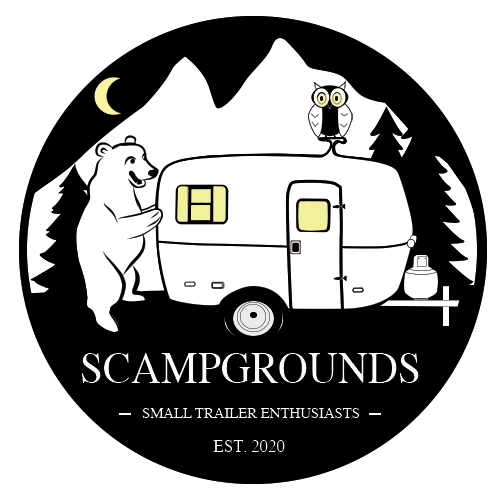2024 Morro Bay Kite Festival: April 26th – 30th, 2024 (4 nights)
https://scampgrounds.com/wp-content/themes/osmosis/images/empty/thumbnail.jpg 150 150 gavin gavin https://secure.gravatar.com/avatar/99f9cd14e6ca957f921a5ace7d1dcdf0fccde566155f0e4da610ff0b7f10e2b0?s=96&d=mm&r=g2024 Morro Bay Kite Festival
April 26th – 30th , 2024 (4 nights)
Every year in April something special happens in Morro Bay – the annual kite festival! It’s a free annual event that invites everyone interested in fun to come out to Morro Rock and fly kites. And, there are some fantastic kites to be seen in the air. The event started on Friday night with LED light up kites and then there was kite flying all day on Saturday and Sunday with kite flying exhibitions throughout the days. Candy drops were made twice on both Saturday and Sunday.
Because the drive to Morro Bay is long for us coming from San Diego (about six hours), we stopped overnight at our cousin Jon’s house in Santa Barbara both on the way up to Morro Bay and on the way back home. This year we had a special treat in that we got to meet Toby, our cousins’ 12 month old Sheepadoodle puppy. It turns out that Toby is a giant dog with an equally big friendly personality and high intelligence. We had fun training him to go down the slide at the kid’s park and he loves playing catch and running with other dogs at the dog park. We also got a chance to try out East Beach Tacos, which is excellent and highly recommended. You walk up to the window to place your order and then sit on their outdoor bench seating. All the tacos we tried were fresh and delicious.
Morro Bay Strand Campground is about a two hour drive from Santa Barbara. There are both full hookup and non-hookup campsites here. This was our second time at this campground and we again chose the non-hookup site #1 ($35/night). We love this site because it is right next to the beach and fairly private. Because the site is non-hookup, we ran our propane to operate our refrigerator and hot water heater, made sure our Fresh tank was full when we arrived, and used our lithium battery for power. There are water spigots at this campground, but no central dump (we used the central dump down the road at Morro Bay State Park campground when we left). Because we now have a DC-DC car charger and lithium battery, we always arrive to campsites with a 100% fully charged battery (which can generally last us up to 10 days without recharging since we only use about 10% of the 100Ah battery’s capacity per day).
One of our favorite activities is riding bikes from the campground to Morro Rock (about a 45 minute bike ride on a flat trail adjacent to the beach). It’s a beautiful ride. This time we had our kites packed with us and we locked our bikes above the beach where the kite festival was being held. If driving, it’s best to park on the street before the Morro Rock parking lot and arrive early (around 11 a.m.) as there can be a lot of slow moving traffic during the festival. The sand closest to Morro Rock is reserved for “sponsored” kite flyers (blocked off by yellow tape). We walked down the beach and launched our kites (elephant, octopus, scuba diver, and parafoil) along with our kite reel. The wind on Sunday was perfect (Saturday was gusty following an extreme windstorm Friday night). One of the sponsored kite flyers offered to send up our scuba diver on one of his manta ray lines. This turned out to be a very beautiful arrangement as the scuba diver was “diving’ next to two manta rays. Spectators below on the sand were treated to an underwater type of view when looking up featuring the scuba diver and two manta rays swimming above. Click here for a video we made of the 2024 Morro Bay Kite Festival.
Set against Morro Rock, the annual kite festival is a wonderful event for anyone who enjoys the outdoors and flying or watching spectacular kites. We had so much fun; we are already excited for our visit next year!
Disclaimer: You will get the same great Amazon price by clicking on the links here compared to buying directly on Amazon, but by buying here you will also be supporting the continuation of this website as we get a small commission from each sale. These are products and procedures we use for our own Scamp that we selected and developed from our own research and experiences. However, we do not endorse any specific product and cannot guarantee that the products we use are exemplary and the procedures we use are complete, accurate, detail the correct recommended procedures, or apply to your model small travel trailer. It’s always best to double check with your manufacturer or operation manuals to ensure you are doing everything correctly.
































































































































































































































